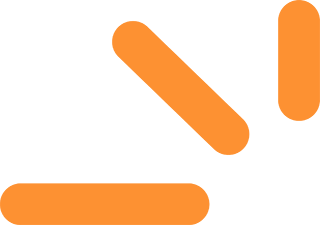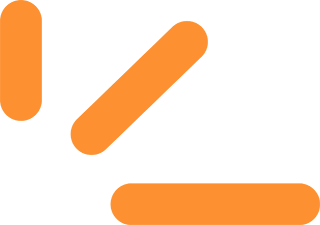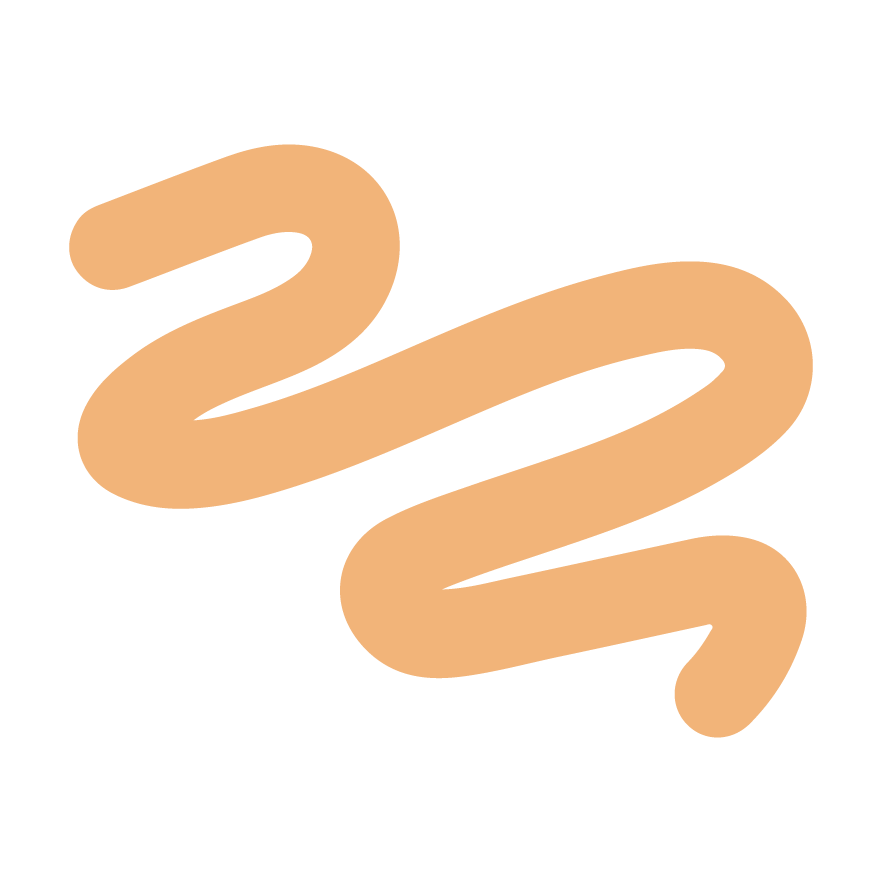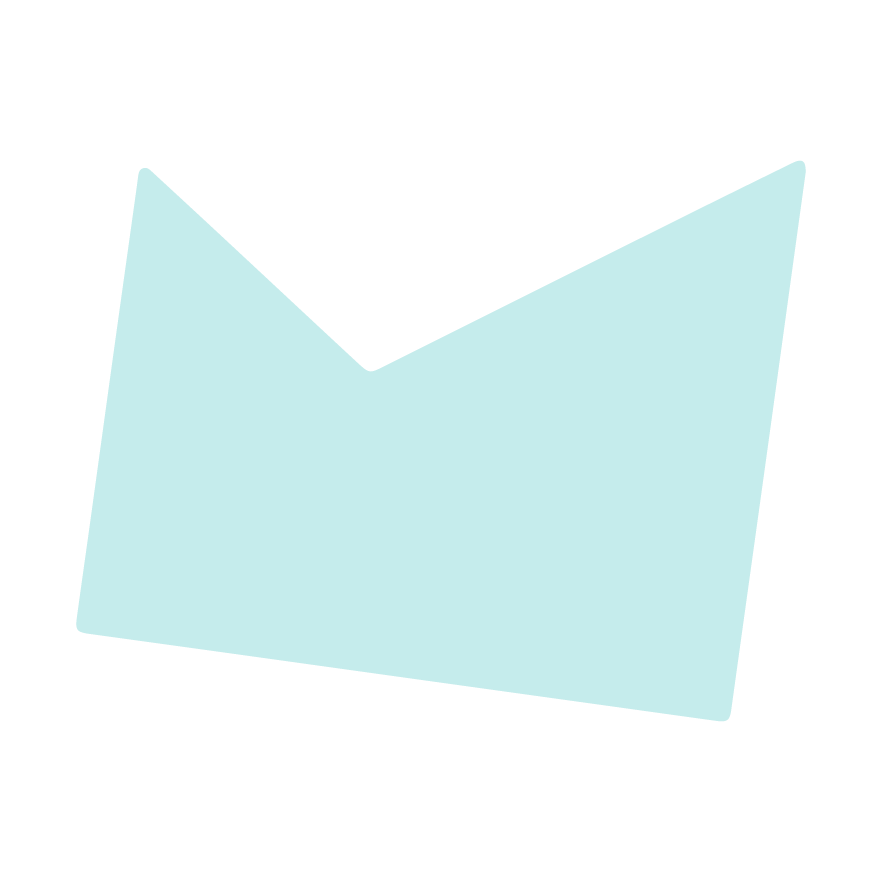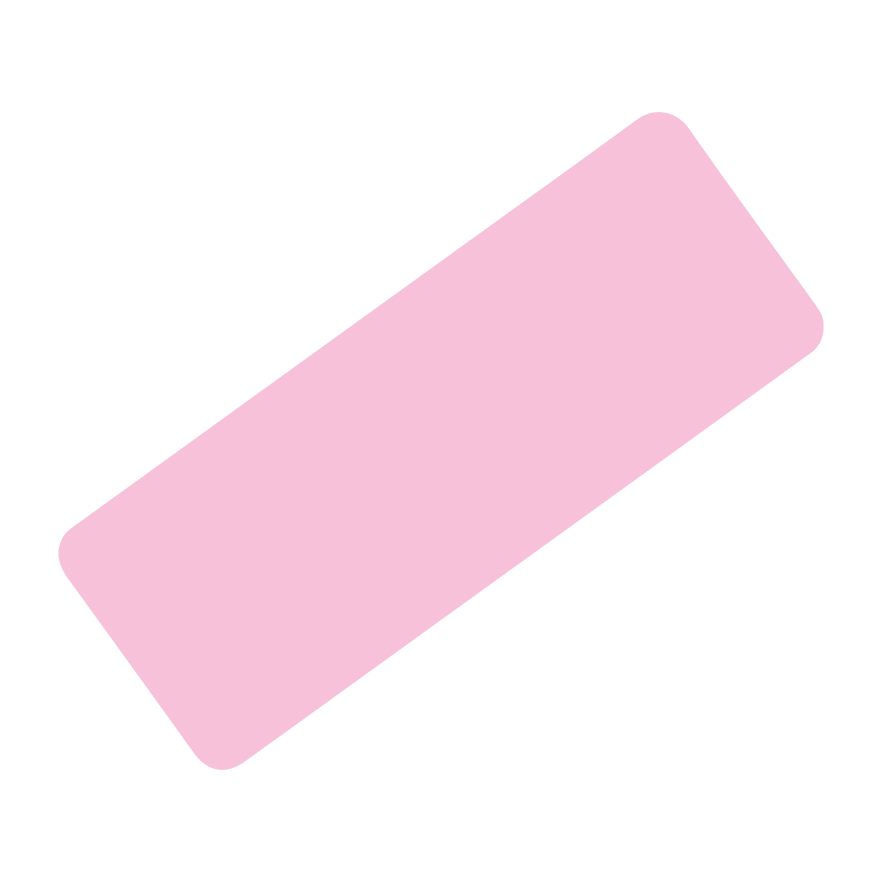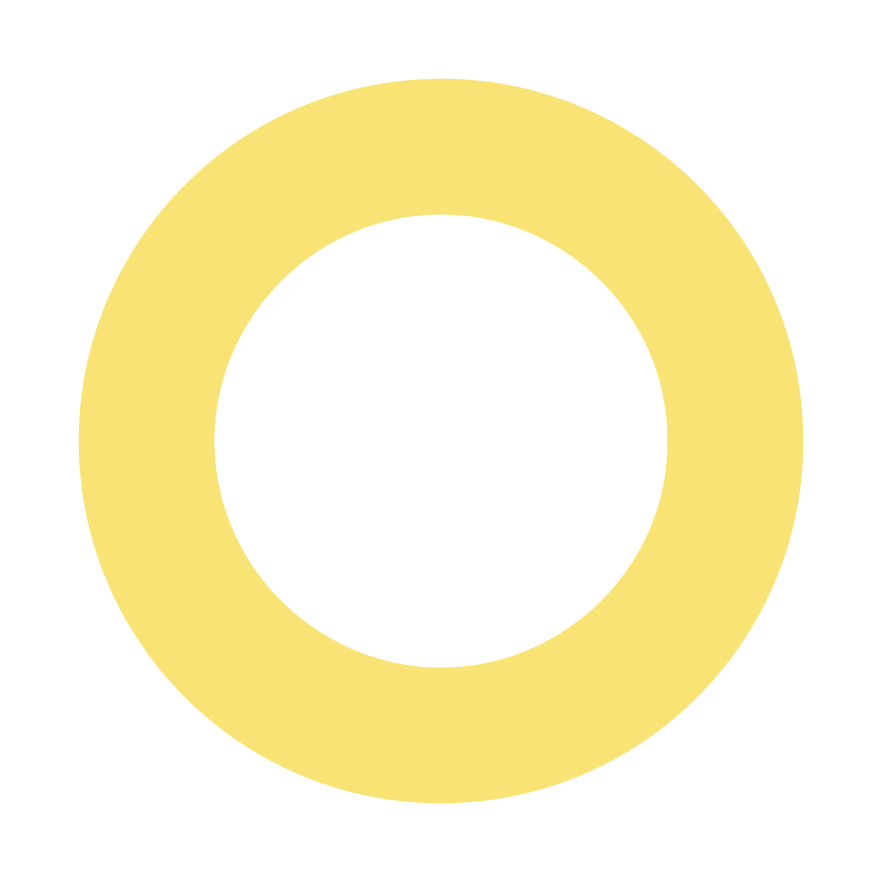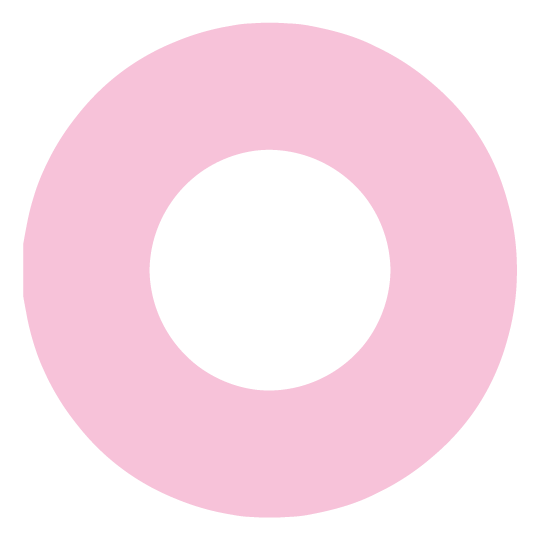One of the challenges of homeownership in Alberta is navigating its insurance landscape and choosing the best policy for your needs. Home insurance in Alberta can be confusing due to the many insurance options, risk factors, and insurers that complicate decisions.
Learn all about the ins and outs of Alberta home insurance. Discover what types of coverages are available, do’s and don’ts to lower your insurance rates, and more.
Quote data from MyChoice.ca, May 2025
Common Risk Factors for Homeowners in Alberta
Alberta is often exposed to extreme weather. Here are some common risk factors homeowners in Alberta should watch out for:
Severe Event Probability in Alberta
On April 23, 2020, the Peace River near Fort Vermilion jammed with ice, causing floods that damaged roads and forced roughly 450 people to evacuate.
Below are the MyChoice severe event probability scores for Alberta, based on the historical data from the Canadian Disaster Database collected since 1950. The percentages reflect the likelihood of a major event in question occurring at least once in the region in the next decade – relative to other regions and events.
Does Where You Live in Alberta Affect Your Home Insurance?
Where you live in Alberta affects your home insurance. Living in an area known for severe weather events, thefts, or other perils increases your risk, making you more likely to file insurance claims. This leads to insurers giving you higher home insurance quotes than similar homes in safer areas.
For instance, a home in a flood-prone area might land higher insurance rates than a comparable home in an area where flooding is uncommon.
Most Expensive Cities to Insure a Home in Alberta
Where you live in Alberta affects your home insurance. Living in an area known for severe weather events, thefts, or other perils increases your risk, making you more likely to file insurance claims. This leads to insurers giving you higher home insurance quotes than similar homes in safer areas.
| City | Average Annual Insurance Premium |
|---|---|
| Calgary | $1,832 |
| Red Deer | $1,517 |
| Medicine Hat | $1,446 |
Quote data from MyChoice.ca, May 2025
Alberta Home Insurance Trends
With some exceptions, home insurance premiums in Alberta are always on the rise. The most notable rate jump happened between 2020 and 2021 when insurance premiums rose by 23.83%.
A major reason for rising home insurance rates is the COVID-19 pandemic. With more people staying at home, the risk of perils like house fires increased, leading to more insurance claims. In turn, more insurance claims mean insurers will raise their insurance premiums.
Homeowners were more likely to add major home improvements during the pandemic because they spent more time at home, increasing their home’s total value. This means their insurance rates were also adjusted to be higher, reflecting their home’s increased value.
The other common thread for yearly rate hikes is that homes age. As homes age, they’re more prone to issues like burst pipes, leaky roofs, and electrical fires, leading to more insurance claims and raised insurance rates.
Housing Data in Alberta
What does the housing landscape in Alberta look like? You can find answers in the 2021 Census of Population. Here’s a quick overview:
How Does Home Insurance in Alberta Work?
Home insurance in Alberta works by providing financial coverage if your home and its contents suffer damage from unforeseen events. If the unforeseen event is covered in your policy, you can make an insurance claim to receive monetary compensation. The same principle applies to tenant insurance and condo insurance, which do the same but for different dwelling types.
There are three types of home insurance coverage in Alberta:
FAQs About Home Insurance in Alberta
How much is home insurance in Alberta?[3]
The average cost of home insurance in Alberta is about $1,324 annually depending on the type of dwelling, location, and other factors. Home insurance costs differ between home insurance providers. Note that several considerations can increase or decrease the cost of your Alberta home insurance, such as your home’s value and the property’s condition.
For a better overview of the cost of home insurance in Alberta, talk to an insurance broker or look up quotes on MyChoice.
Is home insurance mandatory in Alberta?
No, home insurance isn’t mandatory in Alberta. However, if you take out a mortgage on your home, your lender may require you to get coverage as a condition of getting a loan.
It’s also highly recommended that you get home insurance even if it’s not mandatory, so you can protect your house and personal property in case of unforeseen events like fires and hailstorms.
Do I need home construction insurance in Alberta for my renovation?
Yes, if you’re planning a major home construction or renovation project in Alberta, home construction insurance will protect you and your home during the process.
Also known as builder’s risk insurance, home construction insurance provides coverage in the event of damage or loss to your home and construction materials during the construction process. Some companies that offer this policy type even have liability coverage in case someone gets injured on your property during construction.
What is the home insurance claims process in Alberta?
The home insurance claims process in Alberta varies between insurers, but it generally consists of the following steps:
Report the claim: Contact your insurer and inform them about the damage or loss, including relevant details and evidence like videos or photos.
Claim evaluation: Your insurer will assign an adjuster, who will schedule an assessment of the value of any loss or damage.
Approval or denial: After the home inspection and evaluating your documentation, your insurer will either deny your claim or approve it, offering a settlement for repairs or replacement of damaged property.
Claim resolution: If you accept the offer, the payment will be made. If not, you can negotiate with your insurer or file a dispute with the Financial Services Regulatory Authority of Alberta (FSRA).
Can you cancel home insurance in Alberta?
Yes, you can cancel your home insurance policy in Alberta. The process may vary depending on your insurer and policy terms.
Generally, you’ll need to contact your insurance provider to let them know. Some insurers may require written notice of cancellation by mail or email.
Keep in mind that if you cancel your policy before its expiry date, you may be subject to penalties or cancellation fees.
Do I need home insurance for Airbnb in Alberta?
Yes, you may need home insurance for Airbnb in Alberta. While Airbnb has some host protection insurance, its coverage is limited and may not cover all types of liabilities or damages if you’re using your home for short-term rentals. Having a home insurance policy can provide additional protection and peace of mind.
Note that renting out your property as an Airbnb without telling your insurer may void your policy, and not all home insurance policies include coverage for short-term rentals. Check with your home insurance company to see if your policy has this protection or if you need to get additional coverage.
I have a vacation home in another city in Alberta. Can I insure that home too even if I don’t always live there?
Yes, you can insure your vacation home in another city in Alberta even if you don’t always live there. There are insurance policies specially tailored to cover seasonal or vacation homes to protect your property, belongings, and other liabilities from damage or loss.
Typically, these policies offer coverage for damages due to risks like fire, theft, and water damage. They may also have coverage for additional situations such as temporary living expenses if a covered risk makes your vacation home uninhabitable.
Home insurance companies have different requirements and limitations for vacation home insurance. In some cases, you may be required to take out additional coverage or accept different terms and conditions.
Is fire insurance mandatory in Alberta?
No, fire insurance is not mandatory in Alberta. However, it’s highly recommended that property owners get it to cover damages or loss to their property caused by fire, smoke, and other related perils.
Note that some Alberta mortgage lenders may require borrowers to have fire insurance coverage as a loan condition. This is because the property is collateral for the loan, and the mortgage lender may require coverage to protect the property from loss or damage.
Can I bundle home insurance with auto insurance in Alberta?
Yes, you can bundle home insurance with auto insurance in Alberta. Insurance companies typically offer bundled packages, and getting one can lead to big cost savings. It can also be more convenient for managing your insurance policies and premium payments, so you should compare bundles between insurers to see what discounts and levels of coverage they offer.
It’s my first time owning a house in Alberta. What type of home insurance should I get?
Before choosing a home insurance policy, first-time homeowners should consider the following factors:
– Financial capability
– Risk of exposure to specific risks in their area, such as flooding or earthquakes
– Home value and condition
If you’re on a low budget and live in an area that isn’t prone to natural disasters or crime, a basic policy may be enough for your needs. But if you want to cover all your bases, comprehensive home insurance will help you rest easy.
Talk to your insurance provider to find the best option for your budget and the coverage you need.
Who has the best home insurance rates in Alberta?
There’s no definitive company that offers the “best” home insurance rates in Alberta. This is because different providers will have their own processes for assessing the cost of providing coverage, so premiums vary from company to company for the same homeowner-applicant.
To find the best Alberta home insurance rates, compare offers through MyChoice’s home insurance calculator. We can help you find the most affordable options on the market.
Will I be charged if I switch home insurance providers in Alberta?
Yes, you may be charged if you switch home insurance providers in Alberta. Depending on the terms of your current policy, your provider may charge a fee for cancelling your policy before its expiration, while others don’t. Review your policy and talk to your provider to prepare for potential penalties.
What companies offer high-risk home insurance in Alberta?
Most insurance companies in Alberta offer high-risk home insurance. However, the rates that they’ll present will vary depending on their assessed risk of insuring your property in your area, as well as the factors that make you “high-risk”.
High-risk home insurance can be much more expensive than a standard policy, so compare rates through MyChoice to find affordable coverage for your home.
What is a home insurance peril?
A home insurance peril is a risk or event that may cause damage or loss to your home, covered by your home insurance policy. Examples of perils typically covered by standard home insurance policies in Alberta are:
– Hail and ice damage
– Fire and smoke
– Damage from lightning strikes
– Theft
– Vandalism
Do I need home insurance before closing in Alberta?
You need home insurance before closing in Alberta if your mortgage lender requires it. Lenders require you to get home insurance because they have a stake in your property as well.
What factors aren’t used to calculate Alberta home insurance rates?
Factors that aren’t used to calculate Alberta home insurance rates include:
– Disability
– Marital status
– Political affiliation
– Race
– Religion
– Sexual orientation and gender
How is home insurance regulated in Alberta?
Home insurance in Alberta is regulated by the Superintendent of Insurance of the Alberta Treasury Board and Finance.

